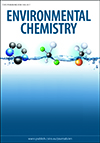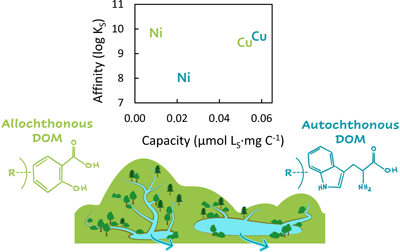Environmental context. Ammonia emissions from inorganic nitrogen fertilisers used in agriculture can impact air quality, human health and ecology. This study quantifies such emissions and their controlling factors from UK and Ireland agricultural soils. Emissions are variable and, from non-urea fertilisers, substantially exceed maximum emission factors used by the UK Department for Environment, Food and Rural Affairs. This suggests that UK emission factors need to be refined further, with consideration of inter alia land-use, fertiliser type, soil pH and chemical inhibitors.
This article belongs to the collection Dedication to Prof. Edward Tipping.






